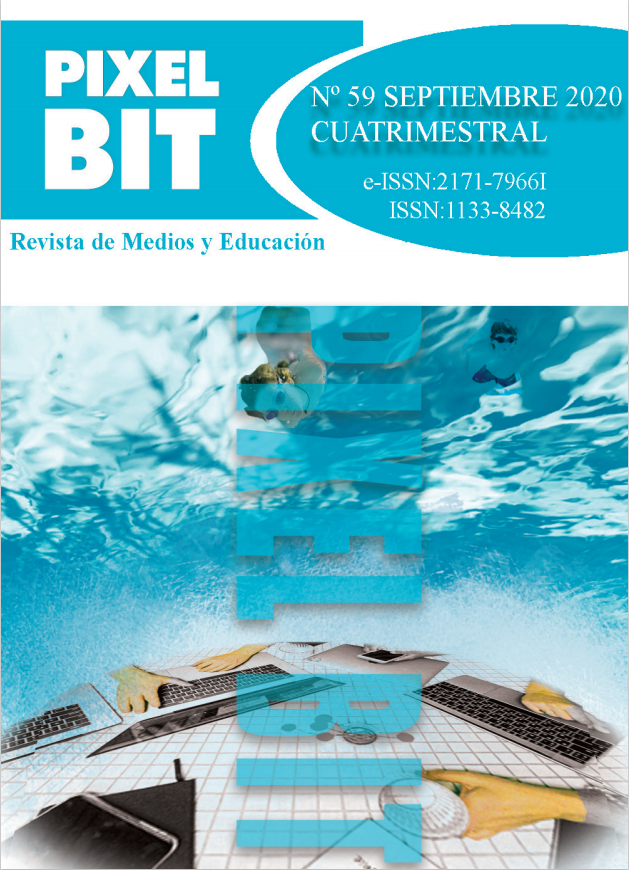Resumen
Las criptomonedas han aportado una solución tecnológica que puede cambiar aspectos relevantes en el sistema educativo. Las Blockchain (cadenas de bloque) se están utilizando para las acreditaciones académicas en lo que puede suponer un giro total del sistema, fundiendo soluciones formales y no formales en un único espacio de aprendizaje. Este artículo se centra en cómo las Blockchain pueden permitir acreditar el itinerario que sigue cada alumno en un proceso individualizado de aprendizaje. El proyecto Edublocs recupera elementos ya consolidados del diseño educativo creando un ecosistema global de aprendizaje en el que se enmarca una asignatura de grado de la Universitat de Barcelona.

